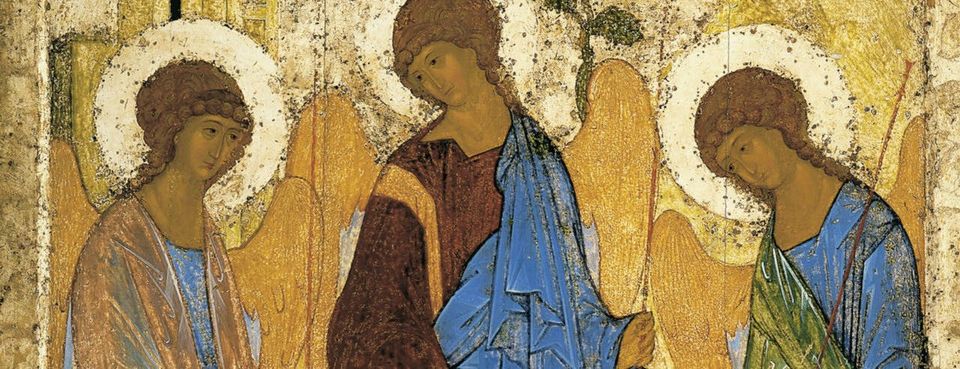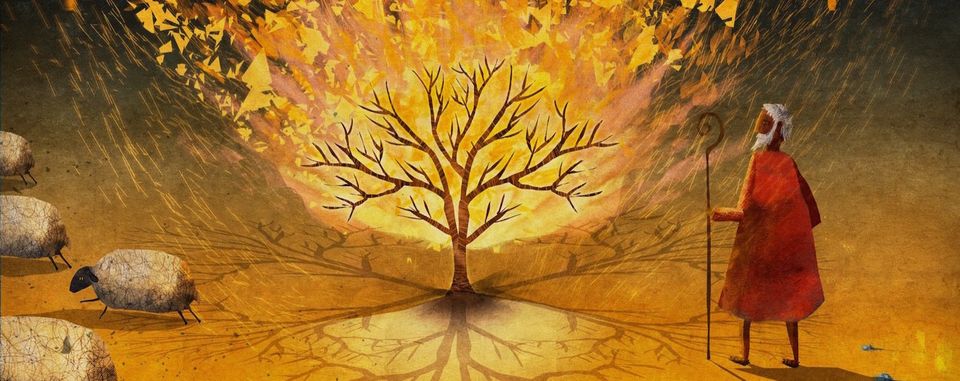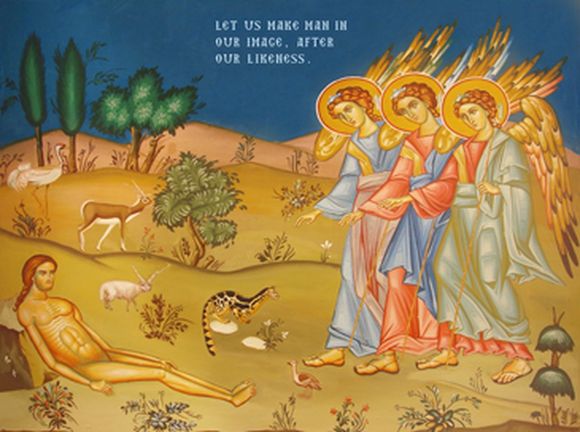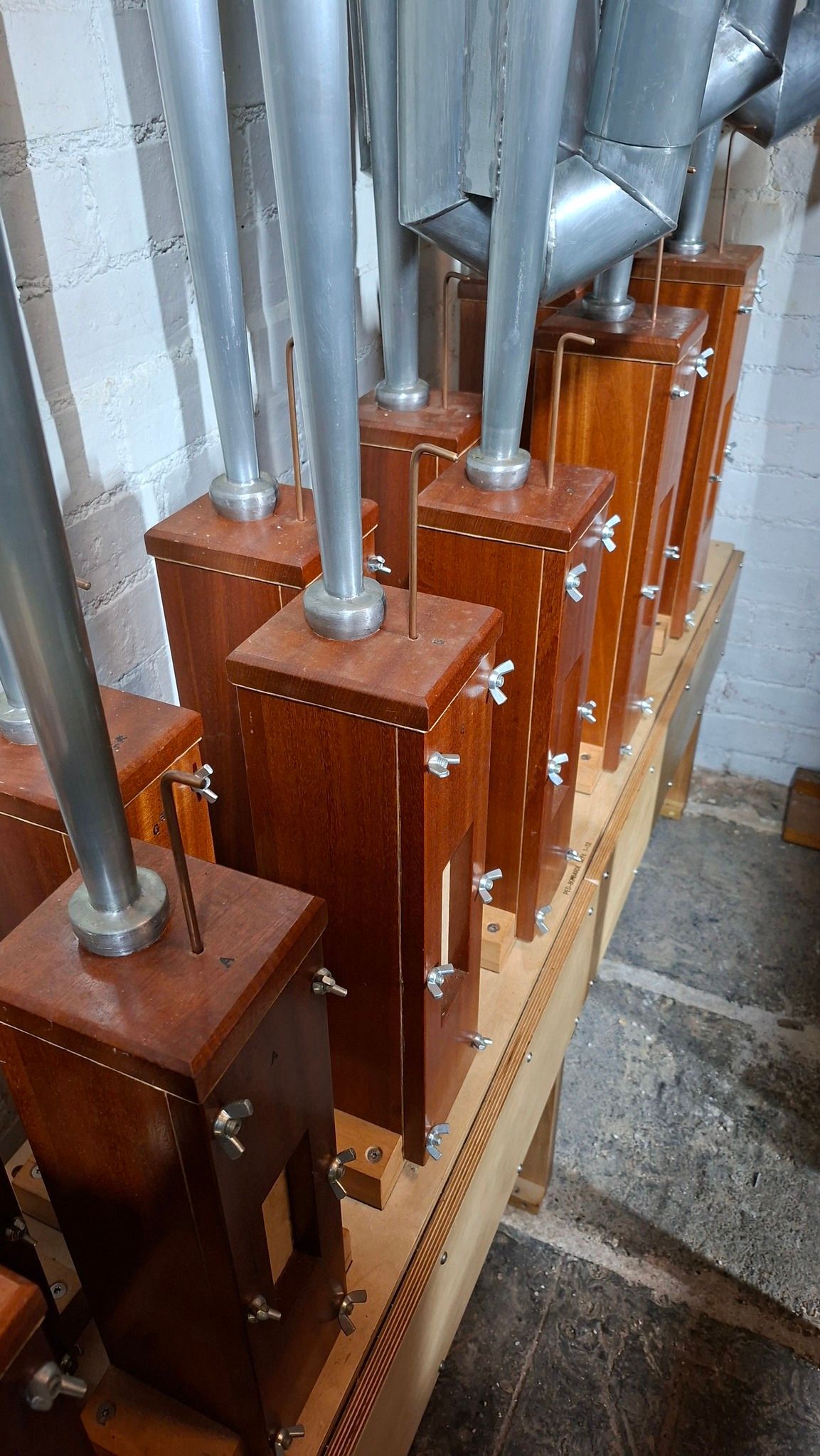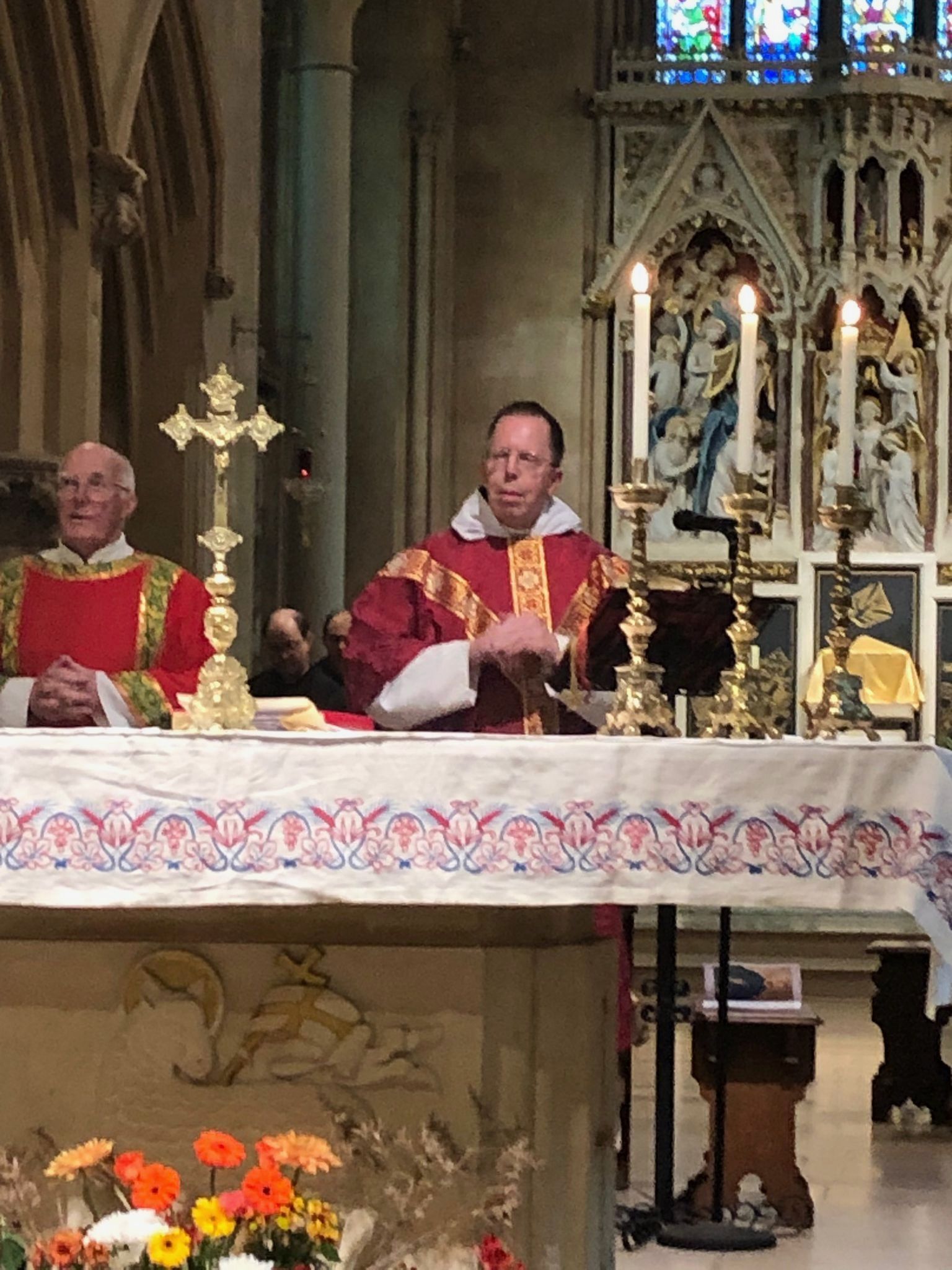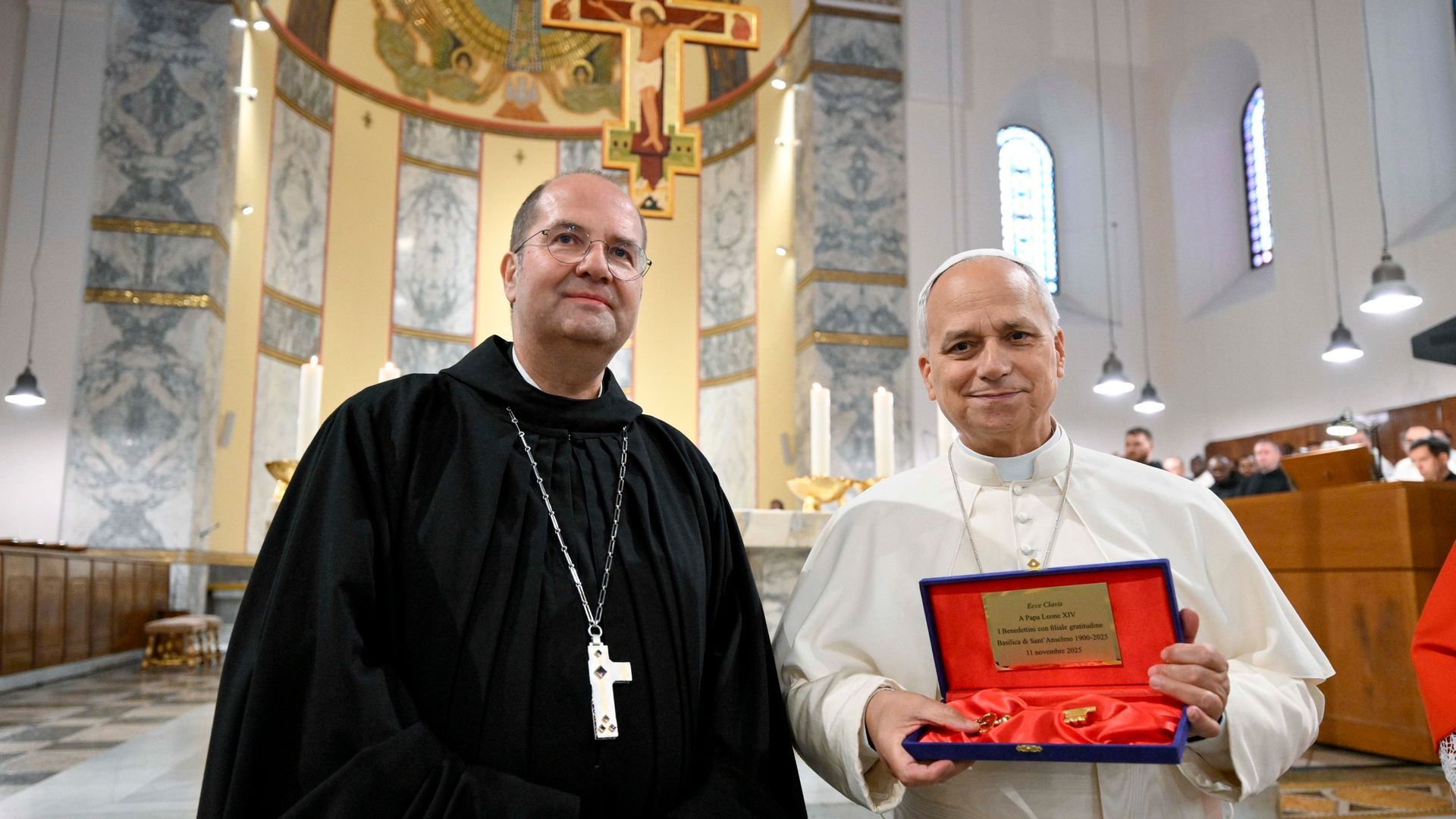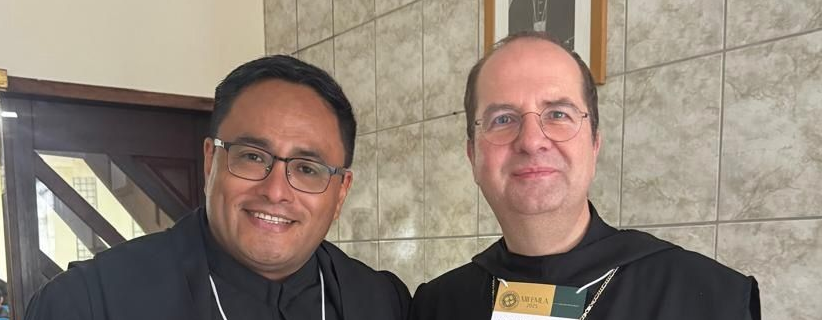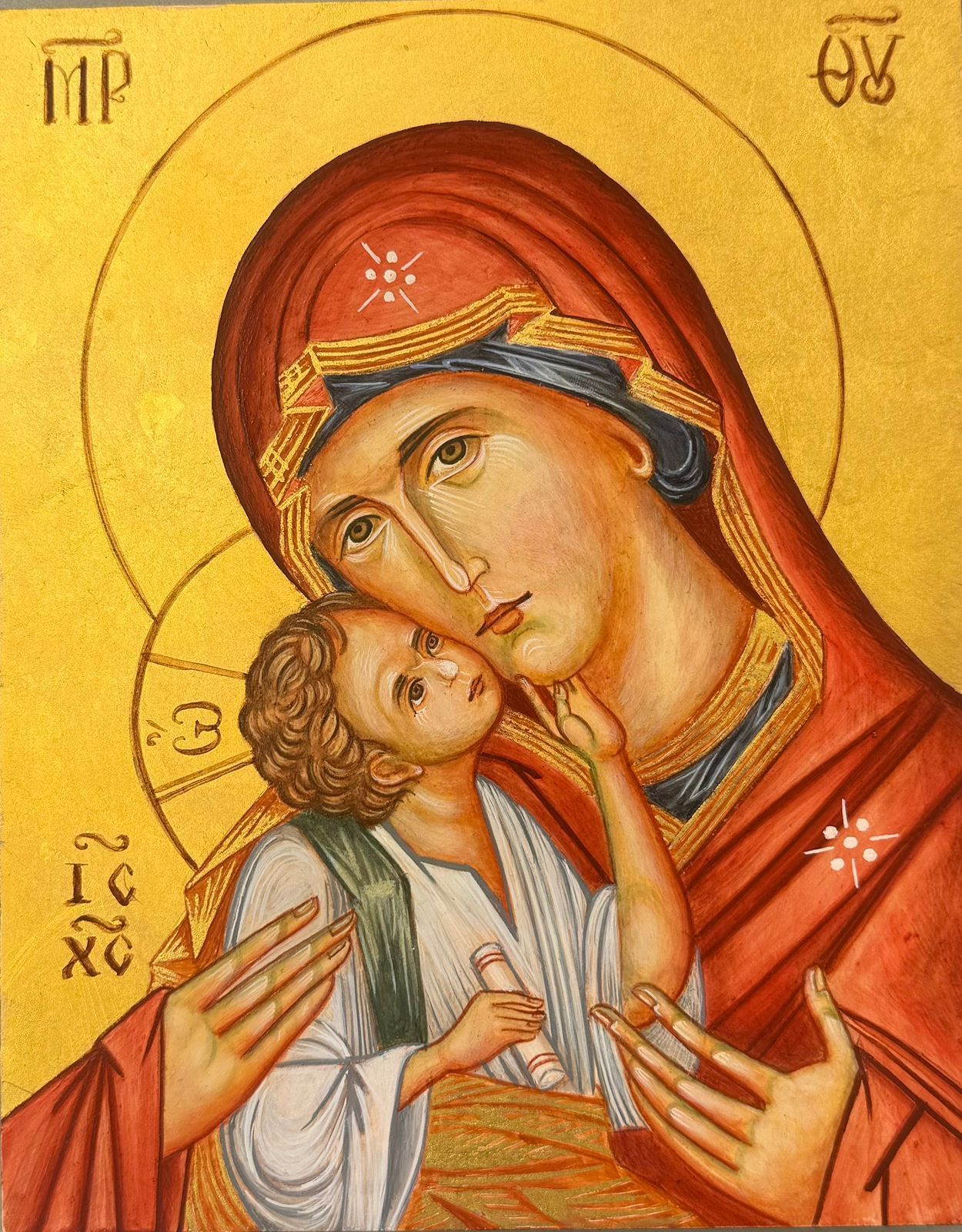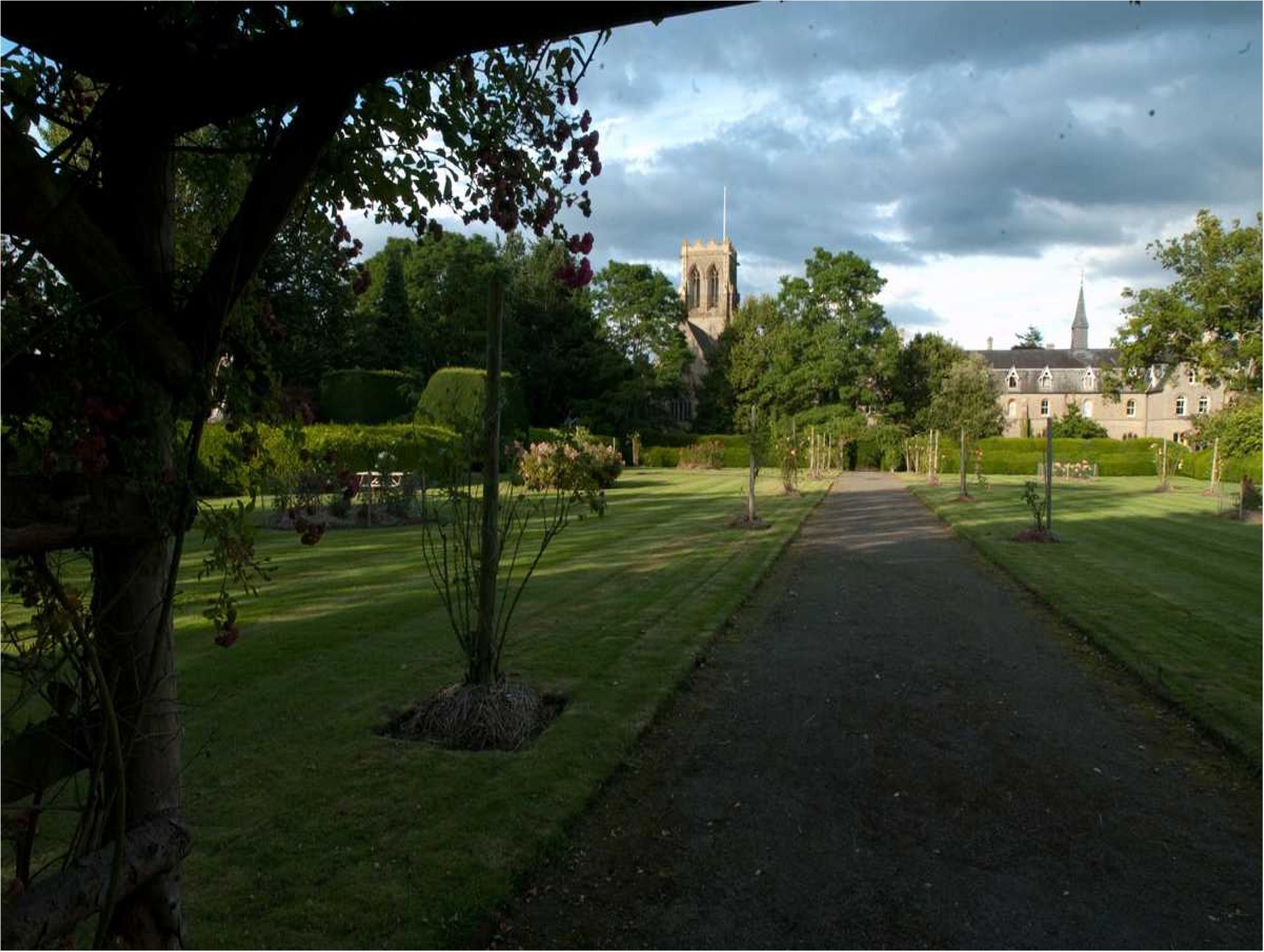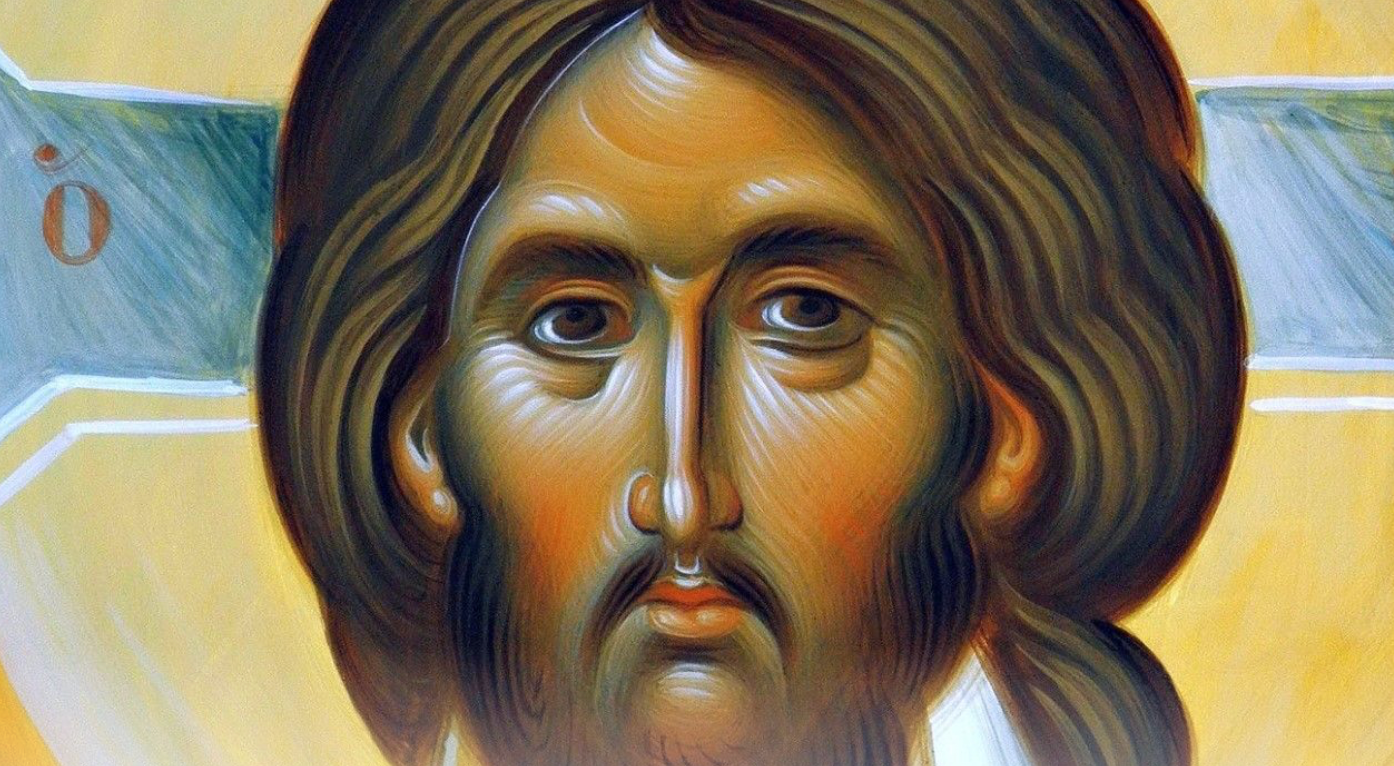Living the Trinity
The official guide to Fountain’s Abbey, says of the monastic Chapter Room: “Here the monks gathered every Sunday to hear a sermon from the Abbot, except on Trinity Sunday, owing to the difficulty of the subject.” It is true that for reasons of piety there was a 13th century decree forbidding Cistercians to preach on the subject! How do we enter into this mystery?
In a guidebook to the Creed, Eamon Duffy wrote that “many clergy freely admit their dread of preaching on the subject, and parish congregations glaze over and think of Sunday lunch when the clergy do get round to it.”
I admit that if we start with the idea of the Trinity as a conundrum, some sort of mathematical puzzle, then the heart and depth of this mystery is wrung out. If we start with the jargon of ‘substance’ and ‘persons’ and ‘hypostases’ then we might be inclined to switch off and nod off. But as Austin Farrer (1904–68)
once said: “We can’t think the Blessed Trinity; but then it’s not required of us to think it. We can do better: we can live the Trinity by the grace of the Trinity.”
But how do I begin to ‘live the Trinity, by the grace of the Trinity?’
What is this feast about? The idea of the Trinity did not emerge as theory. It emerged after a long, slow revelation of God to his people. It was not as abstract doctrine, but from the way God came to be experienced. Over time we were given little glimpses into the heart of God.
Moses was barefoot before the revelation of God at the Burning Bush, a mystery of Light, the mystery of a name “I am who I am”, that both reveals and conceals the Divine Identity. And he climbed the Mountain of the Lord, and entered the darkness of the cloud, and heard the Almighty cry out that he is a God of relationship. “Lord, Lord, a God of tenderness and compassion, slow to anger, rich in kindness and faithfulness.” A God who comes out himself, a God who bends, a God who comes down: that is the experience of Moses.
The great Russian Icon painter Andre Rublev ties the Old and New Testaments together in his great Icon of the Trinity in that scene of Abraham at the Oak of Mamre. Three heavenly visitors, three angels gather around the cup of Christ’s suffering laid on the table. It explores the tenderness and compassion within the mind and heart of God which brought about the Incarnation and Redemption.
At the Last Supper the Beloved Disciple laid his ear to the breast of Jesus and hears the language of relationship, of mutual indwelling, of abiding. “I am in the Father and the Father is in me.”
We might wonder why the early Christians did not settle for an understanding of God simply as Father and Son.
They couldn’t. For all its neatness it didn’t express the experience of the disciples after Pentecost. God’s presence was experienced in quite a different way to that of the Father and the Son. This other realm of experience was more mysterious – like air, breath, fire, energy, fragrance. It was mostly invisible and silent, yet powerful and thrilling. It was the Spirit.
“Glory to the Father, Glory to the Son, Glory to the Holy Spirit.”
This feast arises out of an experience of God. One that Paul expresses time and again: “The Love of God, the grace of Jesus Christ and the fellowship of the Holy Spirit.” The maturing realisation of the threefold nature of the one God was born from the experience of salvation, out of their experience of prayer and worship. We pray to the Father, we pray through the Son, we pray in the Holy Spirit. Love, grace, fellowship.
The eminent theologian Karl Rahner once remarked that most contemporary Christians were “mere monotheists” in their experience of God, and wrote that “should the doctrine of the Trinity be abolished as false the life of believers would not change very much at all”! Rahner exaggerates in jest. But how do I "live the Trinity by the grace of the Trinity?"
When we are able to enter our churches for Mass, we begin in signing ourselves in the name of the Trinity. Our minds, hearts, and shoulders (our strength), are shaped by the three and we say “Amen” to this cause of our Christian joy that God is one and three, and with it that the greatest manifestation of Triune love is the Cross of Christ.
In the name of the Three we were baptised,
in the life of the Three we live, and
in the presence of the Three we will come at the end of our days.
Some people say: “We all believe in the same God”, and in a way it is true. There is just one God. Allah is One, and the God of Israel is One, but we proclaim a God who is One and Three, which has enormous consequences for our understanding of God. We thrill that the most radical revelation of Jesus is that God is a communion of three divine persons in love. We rejoice because Jesus has shown us the Father’s heart, and given us the Spirit’s power. Moses’ encounter was leading up to this!
To understand the Trinity the church takes the simple phrase “God is love” and tries to unpack it. Augustine said, "In truth, to see the Trinity is to see love." But what sort of love is revealed?
It is a love that is not static but relational, because at the heart of the one God is Father, Son and Holy Spirit mutually indwelling: giving, receiving and returning love in an eternal exchange. The Christian revelation of God is, if you like, a dance of love, a mutual exchanging of personalities, a mutual exchange of gifts. The Father gives to the Son, and the Son to the Father and that experience is so real that it is a person, the Holy Spirit, the bond of love. They love each other so much that they are singularly one thing.
“Look, they are three”, says Augustine: “He who Loves, He who is Loved and Love itself.” The Father - He who loves; the Son – He who is loved; the Spirit - Love received and given - the Holy Spirit.
God is not solitude. The fundamental insight of the doctrine of the Trinity is that God’s being is essentially relational.
At God’s very being is love in communion, love in relationship. It is God’s nature and will to draw us into that relationship. And so the Church is born from an experience of communion and towards this communion it walks, pulling along the entire creation.
That is why we find it so difficult at the moment when we are deprived of giving physical expression to our relationships. We want to be bodily present to each other. Skype and Zoom, telephone and email is not enough. What we are living at the moment is not normal.
There is a beautiful phrase in the Book of Genesis that anticipates this mystery. God says: “Let us make man in our image and likeness…” Not my image, but our image. And so we are called to mirror this relational existence.
And we become like God through the quality of our relationships, when we know and understand ourselves in the eyes of those who know us, and love us, and relate to us. In the giving of self, and the embrace of the other, we somehow become more ourselves, and more like the Trinitarian God.
In proclaiming God as 'Three in One' we stand before a mystery—but a mystery not to be explained but entered, not to be thought but lived. God calls us to participate in his very being, joining in the divine.
In Rublev’s great icon, Father, Son and Spirit are seated around three sides of a Eucharistic table. At the fourth side, the vacant seat awaits a guest, we are beckoned to join their company.
May the day come quickly when we can gather around the altar again, and from that from that altar live out the love, grace and fellowship that we experience.

